What Drives Success in the Commercial Rocket Market?
Published: 2025-09-10
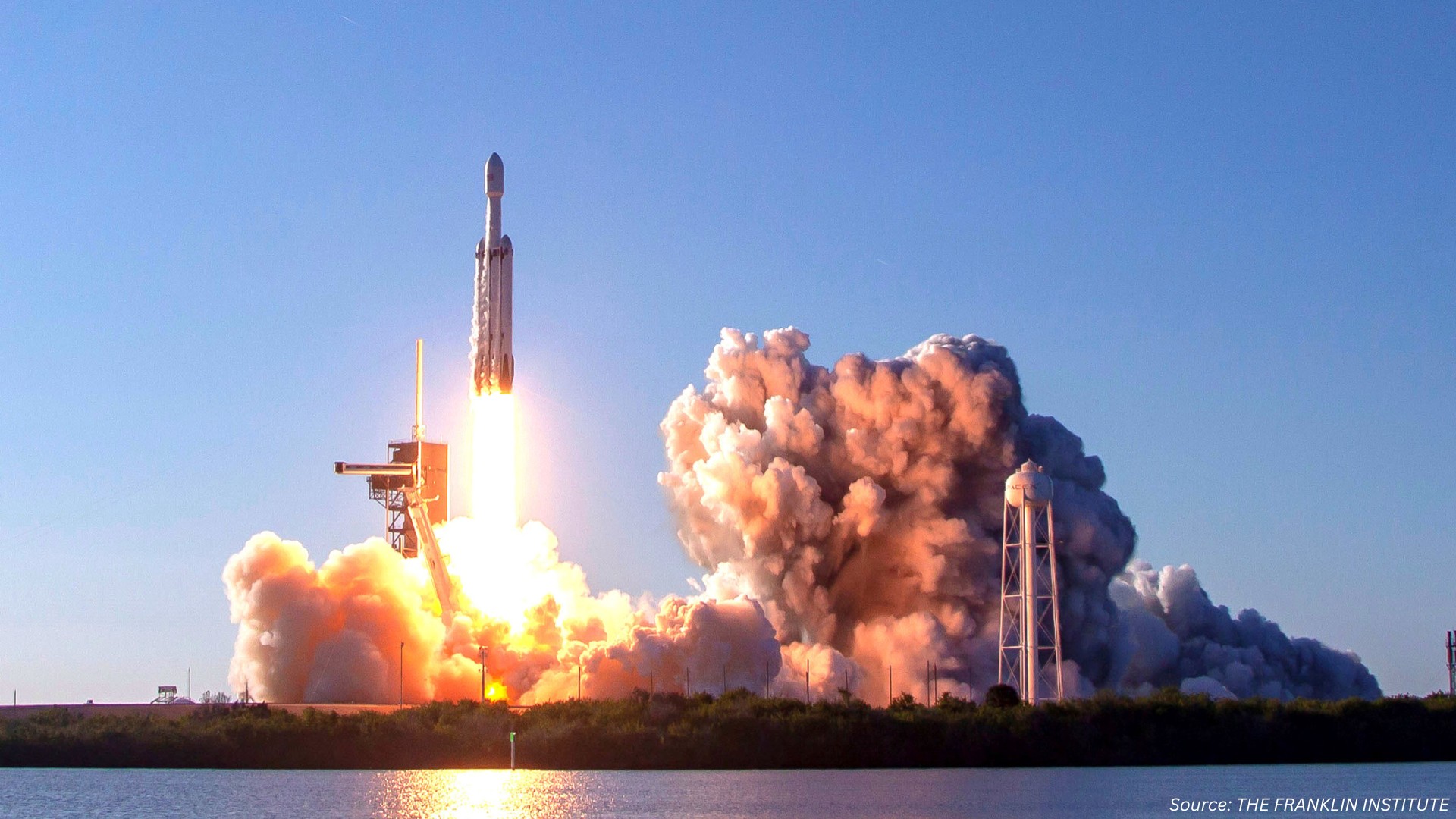
The Commercial Rocket Market is soaring, with a predicted value of USD 25.6 billion by 2030, growing at a compound annual growth rate of 13.9%. Leading players like Space Exploration Technologies Corporation (SpaceX), United Launch Alliance (ULA), and Blue Origin are driving this growth through innovation, strategic partnerships, and cost-efficiency.
But what specific strategies are propelling these companies to the forefront? This blog dives into their approaches to uncover the tactics shaping the future of space exploration.
Why Is Reusability the Game-Changer for Commercial Rockets?
Reusability has become a cornerstone strategy for reducing costs and increasing launch frequency in the commercial rocket market. Companies are investing heavily in developing rockets that can be recovered and reflown, transforming the economics of space travel.
-
SpaceX’s Falcon and Starship Programs: SpaceX has mastered reusable rocket technology with its Falcon 9, which has successfully landed and been reused multiple times. The Falcon 9 stands as the world’s first orbital-class rocket capable of reflight, revolutionizing space travel with its reusable design. As of 2024, it has successfully completed 503 missions, demonstrating remarkable reliability. With 458 total landings and 427 reflights, the Falcon 9 exemplifies cost efficiency and sustainability in the commercial rocket market, setting a high standard for competitors.
-
The world set another record for orbital launches in 2024 in a continuing surge of launch activity driven almost entirely by SpaceX:
-
SpaceX accounted for 88 of 93 launches from the Eastern Range in Florida, which includes Cape Canaveral Space Force Station and Kennedy Space Center, and 46 of 47 launches from the Western Range at Vandenberg Space Force Base in California. Other U.S. entities performed just 20 orbital launches in 2024, counting 13 Electron launches from New Zealand’s Launch Complex 1 by U.S.-headquartered Rocket Lab.
-
“Elon Musk is like, ‘I want to launch 1,000 times a year,’” Shotwell said at the CSIS event. “We’ve got to figure that out, but that will be Starship, not Falcon.”
-
-
SpaceX’s Starship represents a fully reusable transportation system designed to carry both crew and cargo to Earth orbit, the Moon, Mars and beyond. It’s the world’s most powerful launch vehicle ever developed, capable of carrying up to 150 metric tonnes fully reusable and 250 metric tonnes expendable.
-
Elon Musk, CEO of SpaceX, has announced that the Starship will launch again in three weeks. This marks a significant milestone in the development of the reusable super heavy-lift launch vehicle, which aims to lower launch costs and expand SpaceX's mission capabilities.
-
The billionaire also said he expects Starship launches to cost less than $10 million each and discussed the future of the company’s facility in Texas
-
Blue Origin’s New Glenn: Blue Origin’s New Glenn rocket features a reusable first stage designed for a minimum of 25 flights. By operating like a commercial airliner (but with cleaner fuel), New Glenn will lead to significantly less waste and cost.
-
Blue Origin is also working with companies like Viasat to demonstrate launch telemetry services and potentially other commercial clients.
-
The New Glenn rocket is set to play a pivotal role in Blue Origin’s biggest space ambitions, including launching satellites for commercial customers, NASA, and the Defense Department.
-
-
ULA’s Vulcan Upgrades: In December 2024, ULA announced upgrades to its Vulcan rocket to compete in the low Earth orbit (LEO) sector, focusing on partial reusability to challenge SpaceX’s dominance:
-
Boeing and Lockheed Martin’s joint rocket venture, United Launch Alliance (ULA), plans to upgrade a version of its Vulcan rocket to challenge SpaceX’s Starship in the low Earth orbit satellite launch market, the company’s CEO said.
-
ULA has several Vulcan missions booked with Amazon to deploy its Kuiper internet satellites into space, making the rocket an important part of Amazon’s strategy to challenge Starlink.
-
ULA is aiming to fly eight Vulcan missions next year and 12 missions with Atlas V, Vulcan’s retiring predecessor.
-
Vulcan starts at a launch price of roughly $110 million – slightly over the base price of a SpaceX Falcon 9 – and has a book order of roughly 70 missions including its Amazon missions, adding urgency to get the rocket flying routinely.
-
ULA, formed in a 2006 merger of Boeing and Lockheed’s space launch programs, has been up for sale for over a year, drawing interest from Sierra Nevada Corp’s space unit Sierra Space and Bezos’ Blue Origin.
-
Reusability is reshaping the commercial rocket market by lowering costs and enabling frequent launches. SpaceX leads with its proven Falcon 9 and ambitious Starship, while Blue Origin and ULA are catching up with reusable designs tailored for specific markets.
How Are Strategic Partnerships Fueling Market Growth?
Collaborations with governments, private companies, and international organizations are critical for securing contracts and expanding market share in the commercial rocket industry.
-
SpaceX’s Government Contracts: In 2024, SpaceX secured the majority of the U.S. Space Force’s Phase 3 Lane 2 missions, utilizing both Falcon 9 and Falcon Heavy rockets. The company’s launch rate with Falcon 9 is far greater than ULA and Blue Origin’s.
-
SpaceX CEO, Musk, a special government employee and close ally of President Donald Trump, has wielded enormous influence over the U.S. government, from slashing federal agencies in his government efficiency effort to pushing allies to lead federal agencies that oversee billions of dollars’ worth of SpaceX government contracts.
-
-
ULA’s Certification: The U.S. Space Force cleared ULA's Vulcan rocket for national security missions in March 2025, to launch US national security satellites.
-
Blue Origin’s Commercial Collaborations: Blue Origin partnered with NASA in 2024 to support lunar missions under the Artemis program, leveraging its New Glenn rocket for cargo delivery. This ambitious program is designed to deepen scientific understanding, enable groundbreaking discoveries, and lay the groundwork for future Mars exploration.
|
Company |
Key Developments (2024–2025) |
Rocket(s) Involved |
Government/Agency Relationship |
|
SpaceX |
Secured majority of U.S. Space Force |
Falcon 9, |
CEO Elon Musk is a special government employee and close ally of President Trump; |
|
ULA |
U.S. Space Force certified Vulcan rocket in March 2025 for national security satellite missions. |
Vulcan |
Cleared by U.S. Space Force for sensitive missions, indicating strong compliance and trust in new rocket capabilities. |
|
Blue Origin |
Partnered with NASA in 2024 for Artemis lunar missions. Supports cargo delivery for scientific research and Mars mission prep. |
New Glenn |
Strategic partner with NASA on Artemis program, focusing on long-term exploration goals beyond Earth. |
Strategic partnerships provide access to funding, technical expertise, and market opportunities.
What Role Does Innovation Play in Staying Competitive?
Innovation in propulsion systems, manufacturing, and launch capabilities is essential for companies to maintain a competitive edge in the commercial rocket market.
-
SpaceX’s R&D Investments: SpaceX continues to invest heavily in research and development. SpaceX is on track to generate around $15.5 billion in revenue this year, as Elon Musk’s firm strengthens its grip on the commercial space market through investment, strategic innovation, and major client wins. Starlink is expected to generate $12.3 billion in revenue in 2025. SpaceX continues to invest heavily in research and development, particularly in its Starship program, aimed at future Mars missions. The company has invested over $3 billion into the Starbase facility and Starship systems.
-
ULA’s Vulcan Enhancements: ULA’s focus on upgrading Vulcan’s engines to support LEO satellite launches demonstrates its commitment to innovation. ULA is aiming to fly eight Vulcan missions next year and 12 missions with Atlas V, Vulcan's retiring predecessor.
-
Vulcan starts at a launch price of roughly $110 million - slightly over the base price of a SpaceX Falcon 9 - and has a book order of roughly 70 missions including its Amazon missions, adding urgency to get the rocket flying routinely.
-
Innovation drives efficiency and market differentiation. SpaceX leads with cutting-edge propulsion, while ULA focuses on targeted enhancements.
How Are Companies Addressing Cost Efficiency?
Cost efficiency is critical in the commercial rocket market, where high development and launch costs can erode profitability. Leading players are adopting strategies to optimize operations and pricing.
-
SpaceX’s Vertical Integration: SpaceX manufactures most of its rocket components in-house, reducing reliance on external suppliers and cutting costs by up to 30% compared to competitors:
-
SpaceX enjoys several advantages over its competitors because its competitor has a dispersed supply chain where various suppliers were producing at cost plus a profit margin, resulting in millions of inflated costs per launch.
-
SpaceX’s competitor United costs $460 million per launch whereas SpaceX’s cost is $90 million per launch, which is also falling due to its reusable design.
-
-
Blue Origin’s Scalable Operations: Blue Origin is targeting cost reduction per launch. As CEO Dave Limp wrote to employees: "Our primary focus in 2025 and beyond is to scale our manufacturing output and launch cadence." And that entails cutting "bureaucracy" and "management," especially in the company's "engineering, R&D, and program/project management" departments.
-
Cost-cutting is certainly one goal of this exercise. Bezos warned that Blue Origin is "not a very good business yet" (that is, it's losing money), although he thinks that given time, it could eventually become "the best business I've been involved in."
-
Blue Origin is cutting 10% of its workforce, claiming to focus on increasing rocket production and improving efficiency. This decision is part of its efforts to speed up its rocket launch cadence after years of research and development.
What Challenges Do Leading Players Face?
Despite their successes, leading players face significant challenges, including regulatory hurdles, competition, and technological risks.
-
Regulatory Barriers: In 2024, SpaceX faced delays in Starship launches due to environmental reviews by the Federal Aviation Administration. The Starship rocket, crucial to SpaceX’s Mars colonisation mission, was scheduled for its fifth test flight in September. However, delays in obtaining a launch licence from the FAA have pushed the potential launch to late November. On X (formerly Twitter), Musk expressed his frustrations, writing, “We will never get humanity to Mars if this continues." He predicted that the first uncrewed Starship missions to Mars could occur within two years, followed by crewed flights in another two years, but only if such regulatory barriers are addressed.
-
Intense Competition: The rise of new entrants like Rocket Lab, threatens market share. Rocket Lab stock jumps nearly 11%, building on strong rally, fueled by a deal with Europe and a string of successful launches. The company competes with SpaceX and Firefly in a maturing and increasingly competitive space industry with burgeoning demand.
-
Technological Risks: Developing reusable rockets involves high risks. Initially, Jeff Bezos' Blue Origin targetted "late spring" for the second launch of its giant New Glenn rocket, as the U.S.FAA closed an investigation into the rocket's landing failure that followed an otherwise successful debut mission in January. The two-stage New Glenn rocket launched for the first time in January after years of development delays and successfully placed a satellite in orbit. But afterward, the rocket's reusable first-stage booster failed in its landing attempt on a vessel in the Atlantic Ocean, triggering an FAA probe.
Regulatory, competitive, and technological challenges test the resilience of market leaders. Companies navigate regulatory hurdles and face pressure from agile competitors and development risks.
What Are the Next Steps for Stakeholders?
To capitalize on opportunities in the commercial rocket market, stakeholders should consider the following actionable steps:
-
Invest in Reusability: Prioritize funding for reusable rocket technologies to reduce launch costs and increase competitiveness.
-
Forge Strategic Alliances: Partner with government agencies or commercial entities to secure long-term contracts and funding.
-
Focus on Innovation: Allocate resources to research and development for advanced propulsion systems to stay ahead of competitors.
-
Optimize Operations: Adopt vertical integration or automation to streamline production and lower costs.
-
Monitor Regulatory Changes: Stay informed about environmental and safety regulations to mitigate launch delays.
Conclusion:
The commercial rocket market is dynamic, with key players leading through reusability, partnerships, innovation, and cost efficiency. By addressing challenges and leveraging these strategies, stakeholders can position themselves for success in this rapidly evolving industry.
About the Author
 Sneha Chakraborty is a seasoned SEO Executive and Content Writer with over 4 years of experience in the digital marketing space, bringing a strong command of online visibility strategies and a keen insight into the evolving digital landscape. She specializes in enhancing online visibility and user engagement through data-driven strategies and creative content solutions. Sneha is passionate about translating complex digital concepts into accessible content for a wide audience. Outside of work, she enjoys reading, sketching, and exploring the outdoors through nature photography.
Sneha Chakraborty is a seasoned SEO Executive and Content Writer with over 4 years of experience in the digital marketing space, bringing a strong command of online visibility strategies and a keen insight into the evolving digital landscape. She specializes in enhancing online visibility and user engagement through data-driven strategies and creative content solutions. Sneha is passionate about translating complex digital concepts into accessible content for a wide audience. Outside of work, she enjoys reading, sketching, and exploring the outdoors through nature photography.
About the Reviewer
 Sanyukta Deb is a seasoned Content Writer and Team Leader in Digital Marketing, known for her expertise in crafting online visibility strategies and navigating the dynamic digital landscape. With a flair for developing data-driven campaigns and producing compelling, audience-focused content, she helps brands elevate their presence and deepen user engagement. Beyond her professional endeavors, Sanyukta finds inspiration in creative projects and design pursuits.
Sanyukta Deb is a seasoned Content Writer and Team Leader in Digital Marketing, known for her expertise in crafting online visibility strategies and navigating the dynamic digital landscape. With a flair for developing data-driven campaigns and producing compelling, audience-focused content, she helps brands elevate their presence and deepen user engagement. Beyond her professional endeavors, Sanyukta finds inspiration in creative projects and design pursuits.
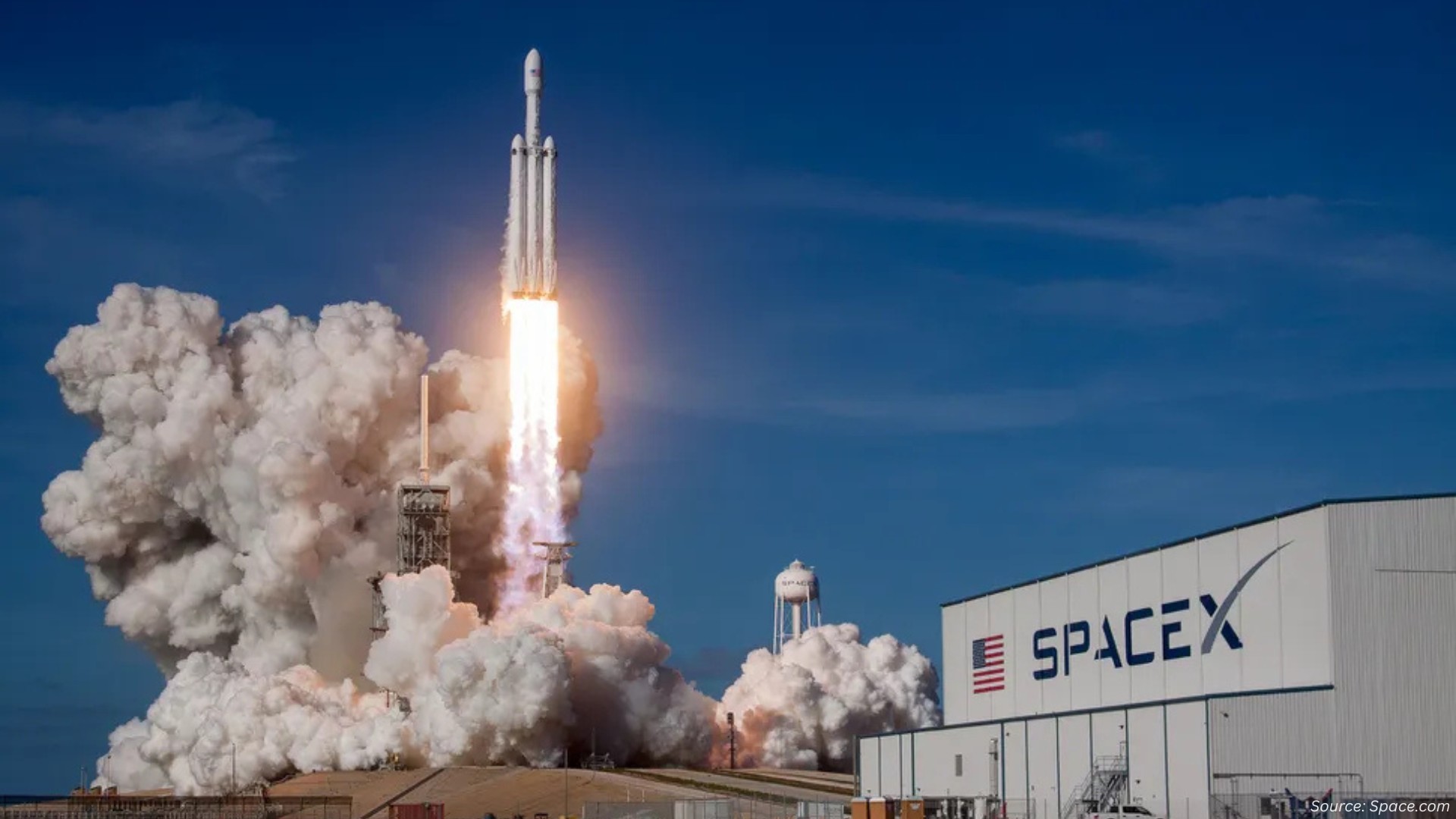
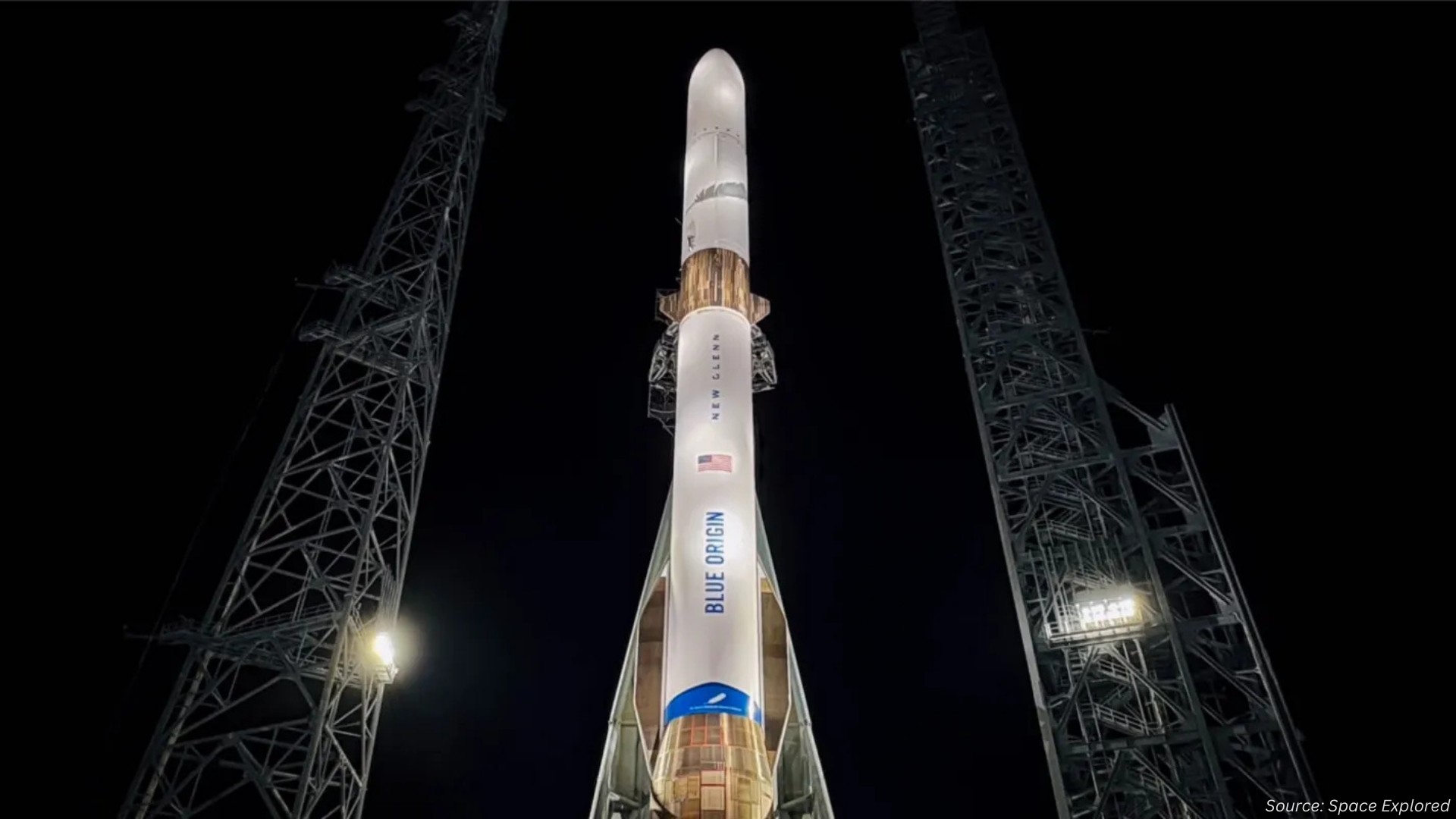
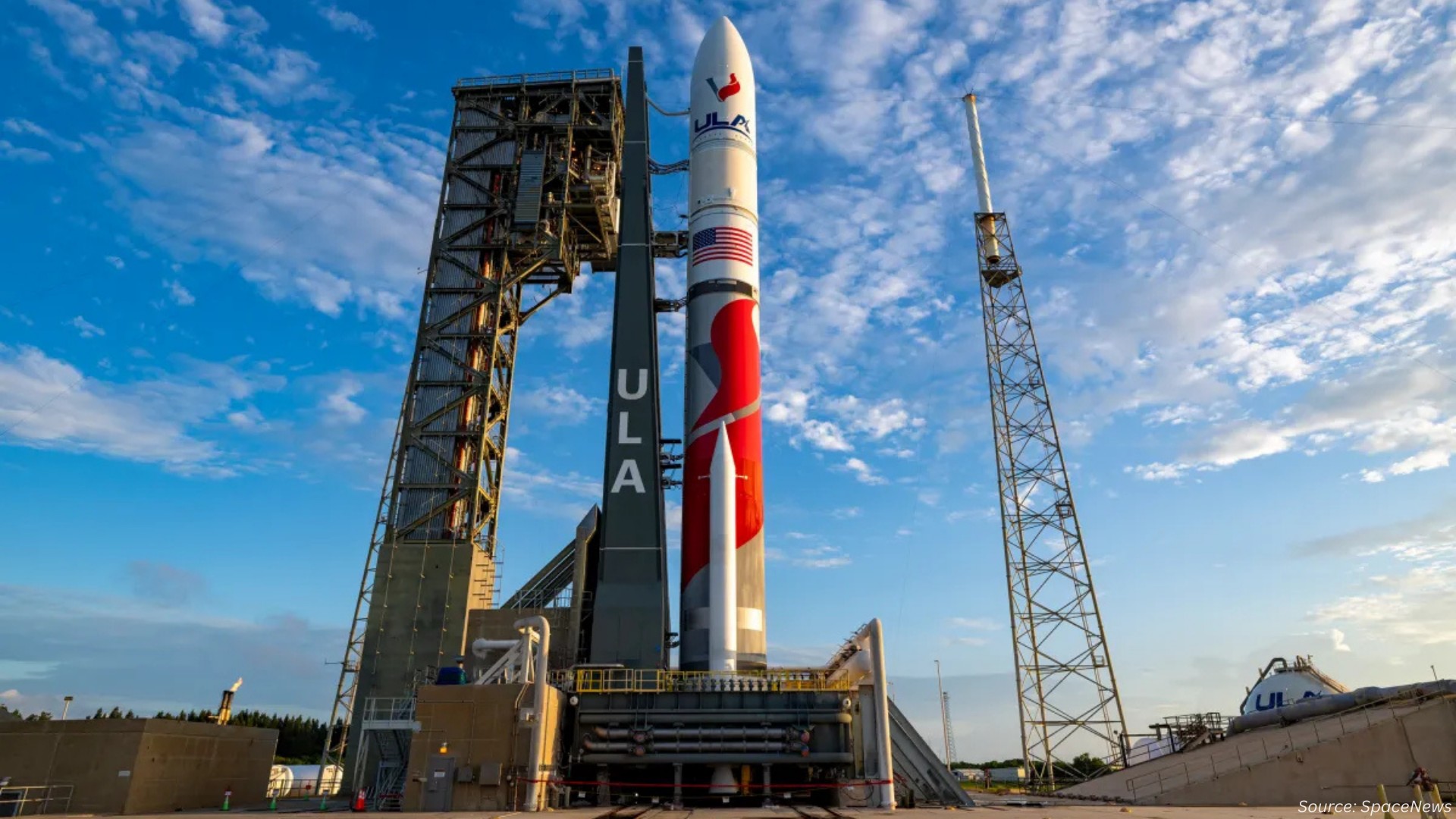
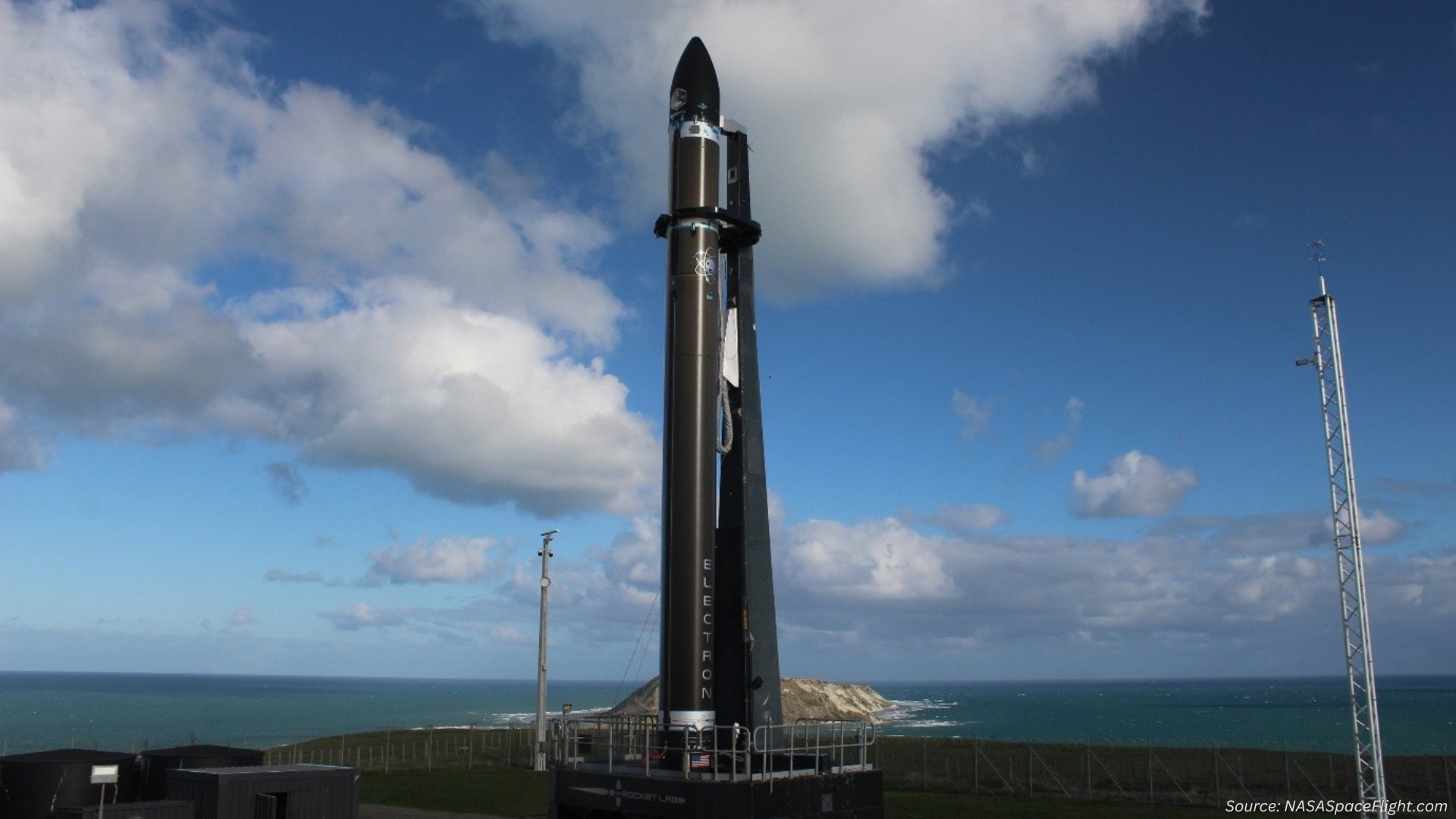
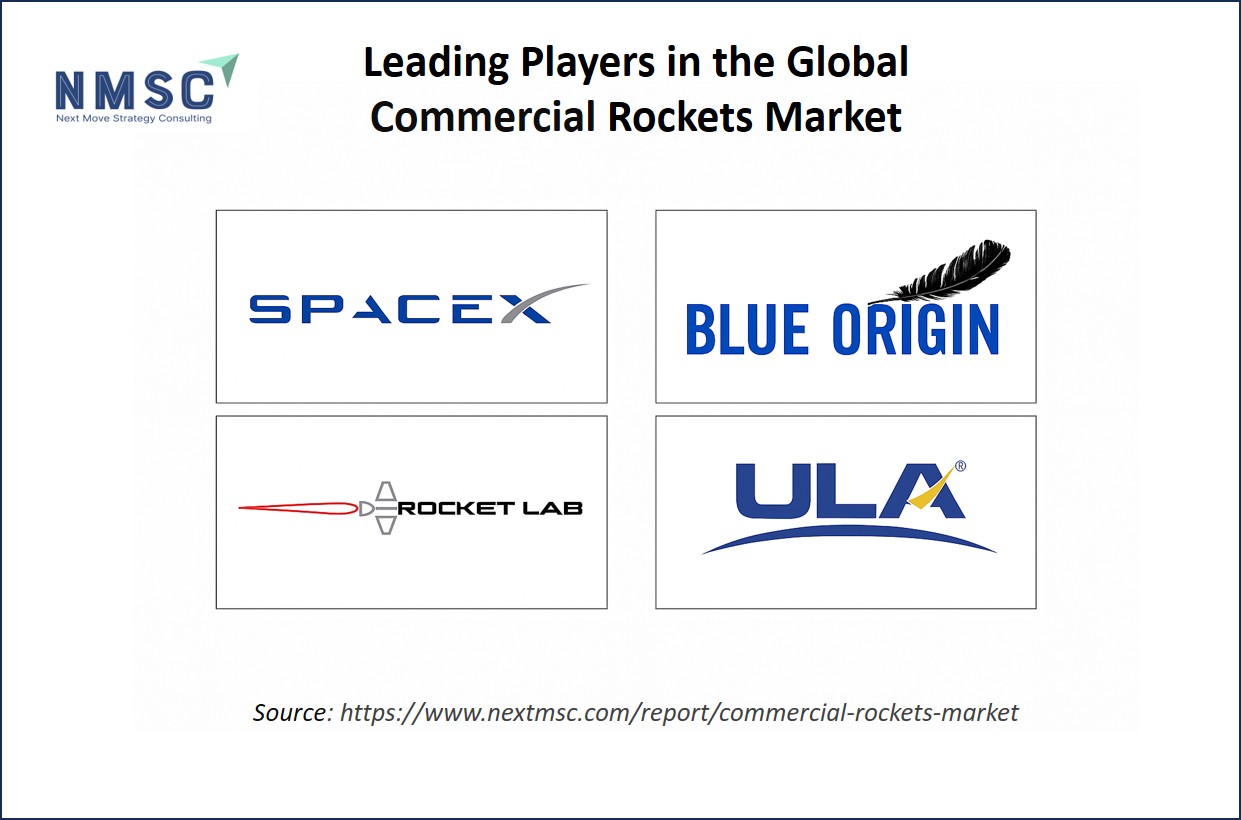














Add Comment